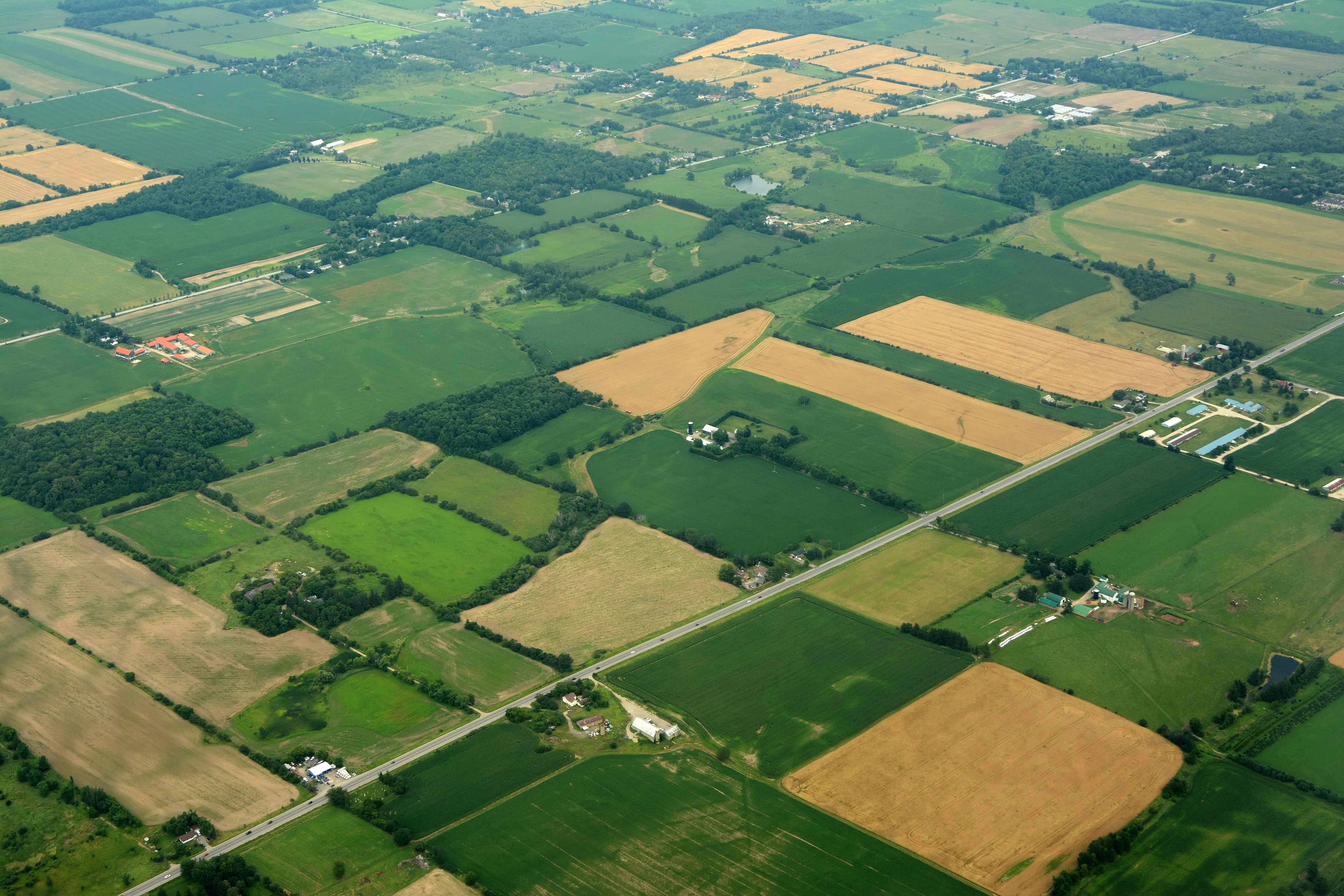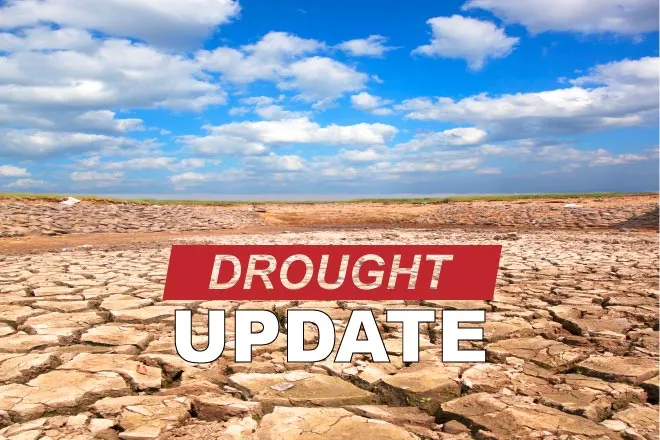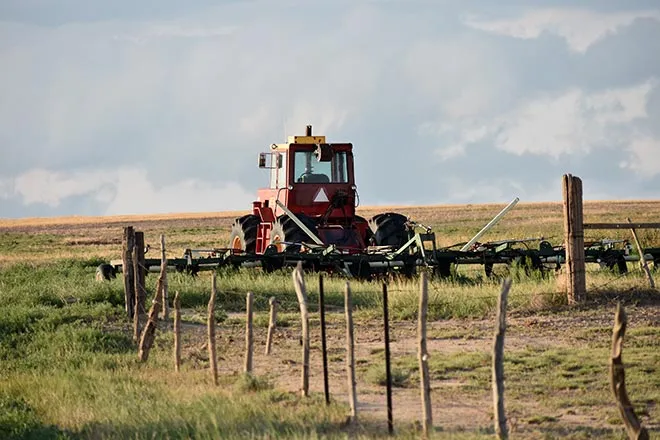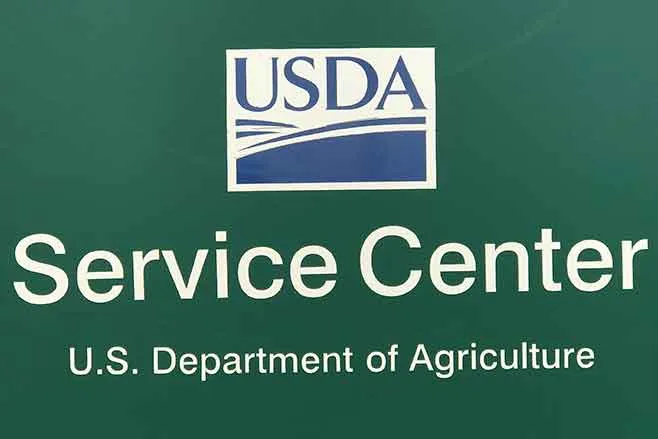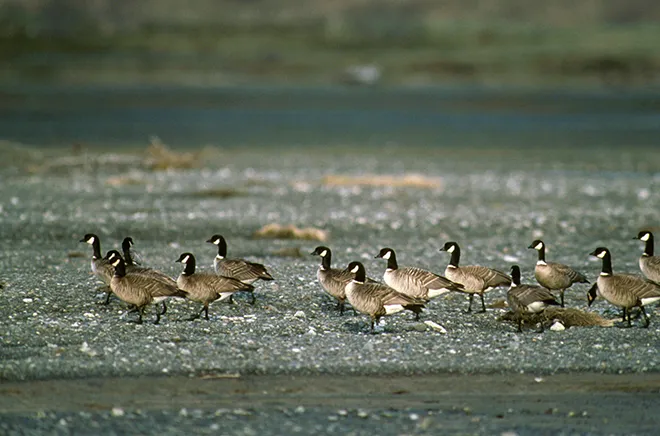
The Status of Honey Bees – What’s the Buzz?
Bee pollinators play a crucial role in natural and agricultural ecosystems and contribute over $200 billion in revenue from vegetable, fruit and nut production in the United States. To gain a better understanding of current honey bee health in Colorado, the Colorado Department of Agriculture has taken part in the National Honey Bee Health Survey for the last three years.
“Scientific surveys and research on honey bee health bear out that the past decade has been challenging for beekeeping with a decline in managed hives in the US,” said Laura Pottorff, CDA Division of Plant Industry’s Apiary Program Manager. “Honey bees are a crucial part of our environment and the national survey provides a valuable insight into the state of managed honey bees in Colorado.”
The Survey is an initiative sponsored by United States Department of Agriculture, Animal Plant Health Inspection Service (USDA-APHIS) and the Bee Informed Partnership. Honey bee researchers agree that there are many factors responsible for the challenges facing the valuable pollinator:
- infectious pests and diseases of managed honey bee populations that are not being controlled properly
- loss of habitat and habitat diversity due to increased urbanization
- improper use of pesticides toxic to pollinators
- lack of genetic diversity in managed bee populations
A total of 67 apiaries (27% hobby and 73% commercial) were sampled over three years for the Varroa mite, several honey bee viruses that Varroa spreads, and a fungal disease called Nosema. Varroa mites are parasitic animals that feed on the hemolyph (blood) of bees. Not only do Varroa mites cause injury to a honey bee by itself, they are also responsible for spreading several honey bee virus diseases. If left untreated, Varroa mites can kill a colony in two or three years and are thought to be the single most significant reason for high colony loss numbers during the winter.
“Nationally, surveys have determined that high Varroa mite numbers are particularly troubling for backyard beekeepers backyard or hobby beekeepers do not have appropriate Varroa controls in place,” said Pottorff.
Beekeepers can learn more about integrated hive management including strategies for identifying and mitigating pests and diseases affecting Colorado’s honey bees through this booklet.
Additional Survey results can be found on the Colorado Department of Agriculture’s National Honey Bee Health Survey webpage.
“CDA is committed to participating in the National Honeybee Health Survey, to further our understanding and strengthen the data so that we can make meaningful decisions toward protecting the future of pollinators in the State,” continued Pottorff.

